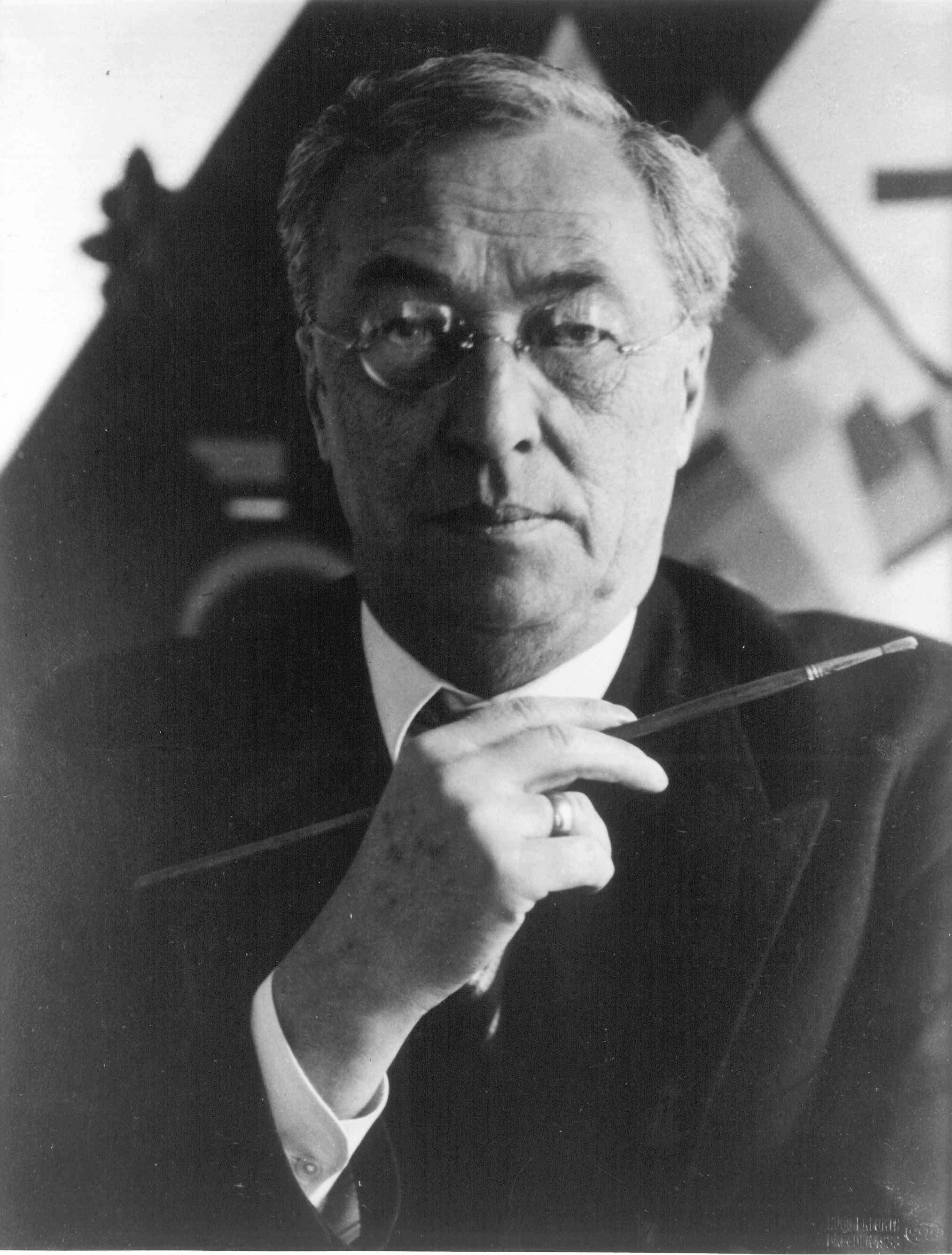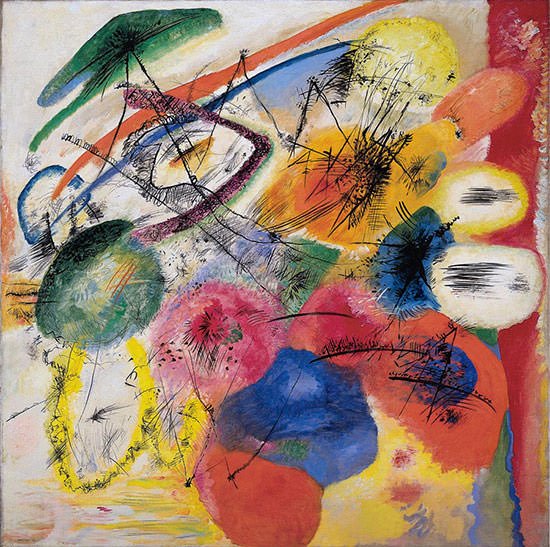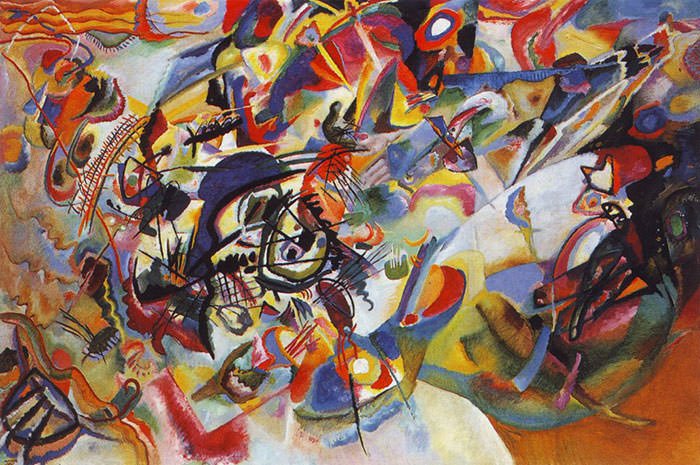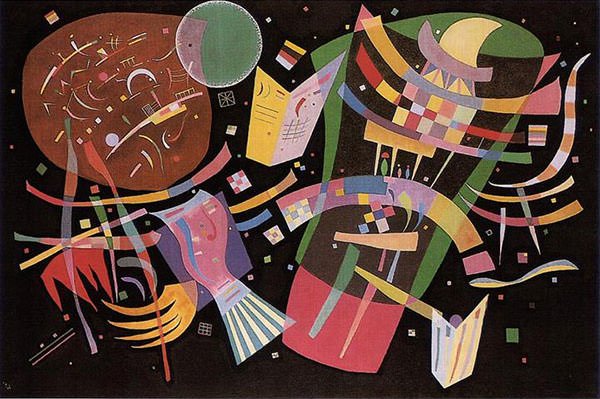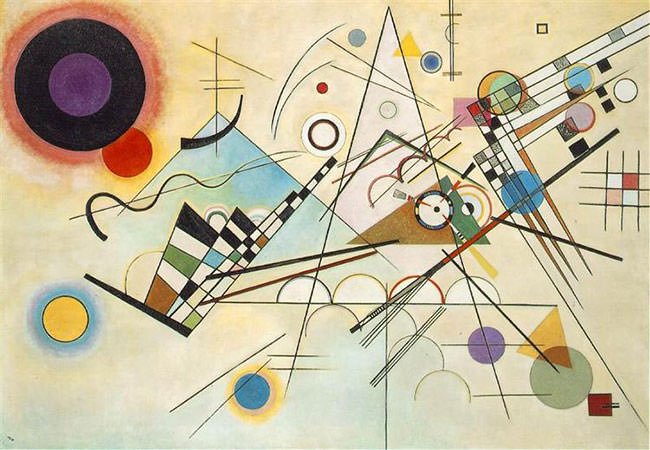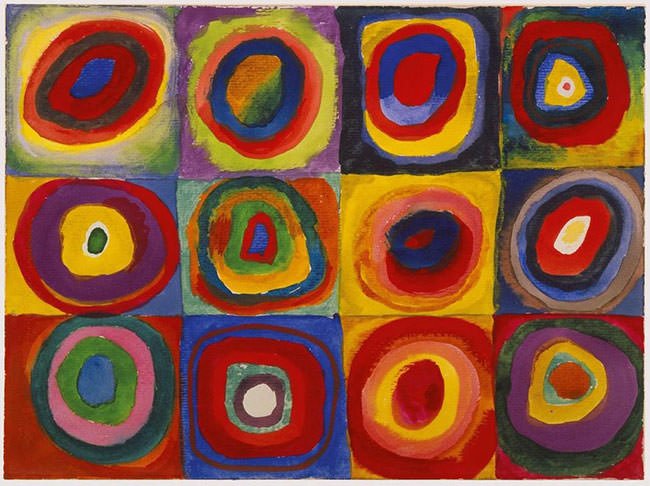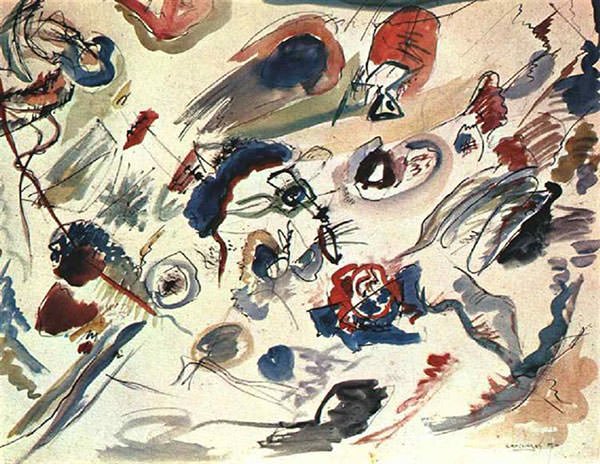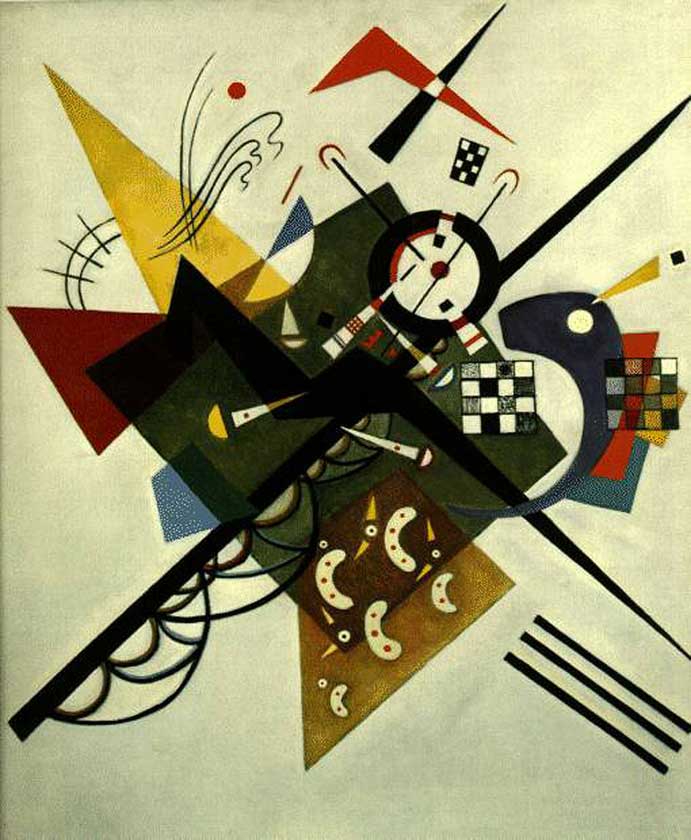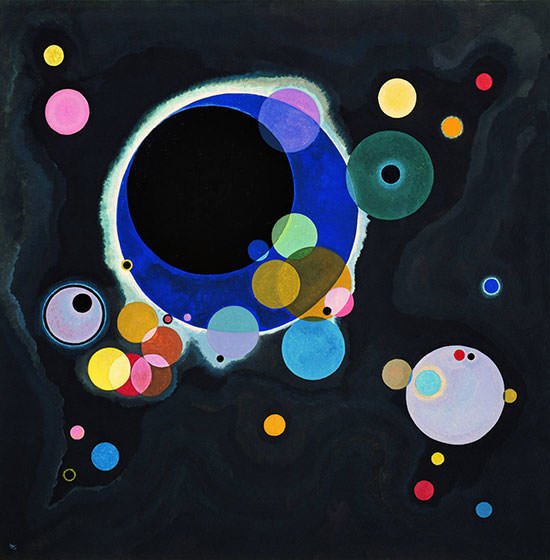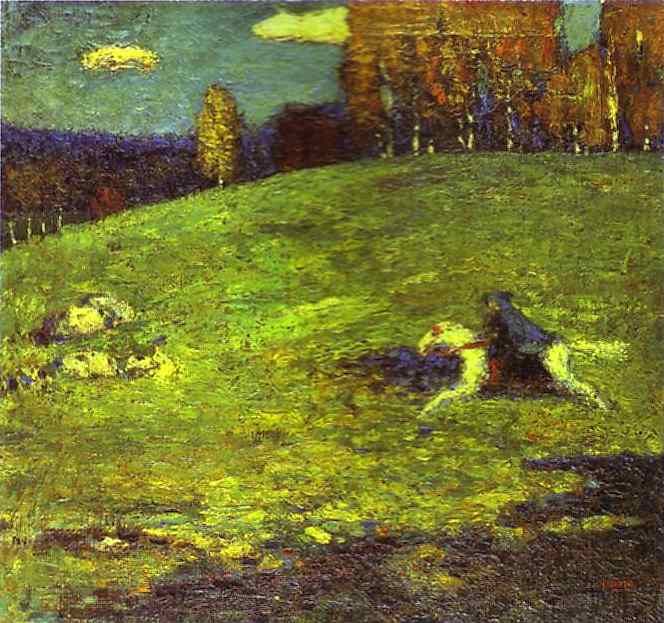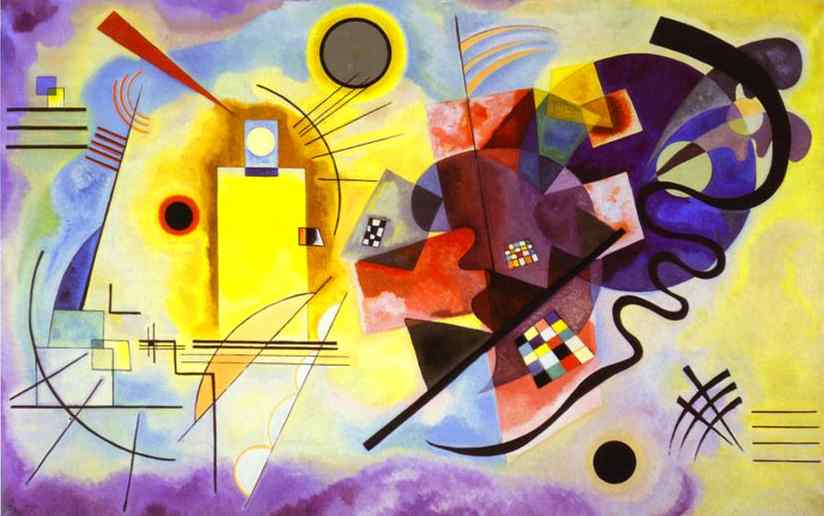- Overview
-
Wassily Kandinsky (23 April 1775 – 19 December 1851), known as J. M. W. Turner and contemporarily as William Turner, was an English Romantic painter, printmaker ) (16 December [O.S. 4 December] 1866 – 13 December 1944) was a Russian painter and art theorist. He is credited with painting one of the first recognised purely abstract works.[1] Born in Moscow, Kandinsky spent his childhood in Odessa, where he graduated at Grekov Odessa Art school. He enrolled at the University of Moscow, studying law and economics. Successful in his profession—he was offered a professorship (chair of Roman Law) at the University of Dorpat—Kandinsky began painting studies (life-drawing, sketching and anatomy) at the age of 30.
- Career
-
- In 1896, he gave up on law and travelled to Munich to make a career out of art. He enrolled at the Munich Academy of Arts. However, much of what he learned was self-directed.
- At the beginning of the 19th century, he emerged as a theorist and a painter. Though his earlier works were based on conventional themes and art forms, much of his later work portrayed intense relationship between music and color.
- From 1906 to 1908, he travelled to Europe engaging himself in paintings and exploring various exhibitions. It was during this time that he came out with his famous work, ‘The Blue Mountain’ which explicitly described a scenic view of nature through colors.
- In 1909, he founded the Munich New Artist’s Association and served as its president. However, his radical thoughts did not go down well with the other conventional artists and led to the disbanding of the group in 1911.
- Meanwhile, he released the treatise, ‘On the Spiritual in Art’ in the Blue Rider Calendar in which he promoted abstract art and the autonomous use of colors rather than them being employed to provide visual description of objects and other forms.
- In 1921, architect Walter Gropius, founder of the Bauhaus of Weimar, invited him to visit Germany which he duly did. The following year, he conducted painting classes for beginners as well as trained professionals, teaching them his color theory with new elements of form psychology.
- ‘Composition VIII’ released in 1923 is one of the foremost works of the Weimar period. Two years later, he released yet another significant work, ’Yellow-Red-Blue’ wherein he described a stage of ‘cold romanticism’.
- Between 1936 and 1939, he painted two last major compositions - ‘Composition IX’ and ‘Composition X’. While the former has an impression of an embryo in the womb with highly powerful and contrasted diagonals, the latter employs small squares of colours and coloured bands.
- In 1896, he gave up on law and travelled to Munich to make a career out of art. He enrolled at the Munich Academy of Arts. However, much of what he learned was self-directed.
- Legacy
-
Little of the work Kandinsky produced in Russia has survived, although many of the paintings he created in Germany are still extant.
The New York auction houses continue to do him proud today—in recent years, his artwork has sold for well over $20 million.
Kandinsky believed that each time period puts its own indelible stamp on artistic expression; his vivid interpretations of color through musical and spiritual sensibilities certainly altered the artistic landscape at the start of the 20th century going forward, precipitating the modern age.
- On View
-
- Art Institute of Chicago, Chicago
- Museum of Fine Arts, Houston
- Museum of Modern Art, New Yorrk City
- San Francisco museum of Modern Art, San Francisco
- The Phillips Collection, Washington D.C.
- Lenbachhaus, Munich
- Kunsthaus Zurich, Zurich
- National Museum of Modern Art, Paris
- Tretyakov Gallery, Moscow
- Kunsthalle Hamburg, Hamburg
- Ohara Museum of Art, Kurashikl(Japan)
- Virginia Museum of Fine Arts, Richmond
- Kunstsammlung Nordrhein-Westfalen, Germany
- Ca' Pesaro, Venice

